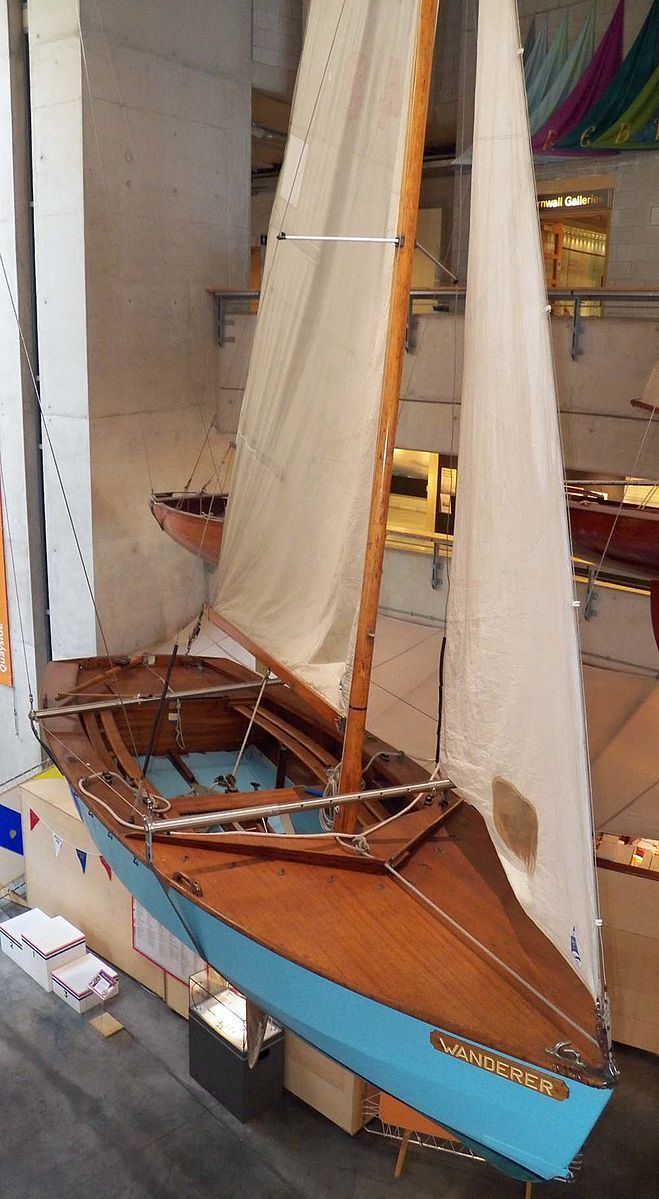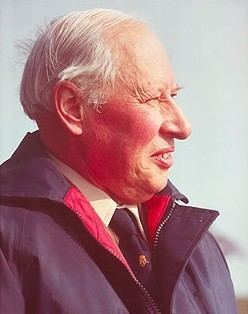Name Ian Proctor Role Ship Designer | ||
 | ||
Died July 23, 1992, Hayling Island, United Kingdom Books Sailing strategy, Racing dinghy handling, The Royal Air Force in the Cold, The Black Soul, Racing Dinghy Maintenance | ||
Ian proctor singing at the salvation army in waycross ga
Ian Douglas Ben Proctor, FRSA, known as Ian Proctor, (12 July 1918 – 23 July 1992) was a prolific designer of both sailing dinghies and cruisers. His pioneering aluminium mast designs also revolutionised the sport of sailing.
Contents
- Ian proctor singing at the salvation army in waycross ga
- Please come back ian proctor
- Early life and education
- Early career
- Dinghy designer
- Yacht designer
- Mast designer
- Writing
- Ian Proctor Designs
- Honours and awards
- References

Proctor had more than one hundred designs to his credit, from which 65,000 boats were built. Some of his designs are listed below.
Please come back ian proctor
Early life and education
Proctor was a son of Douglas McIntyre Proctor and Mary Albina Louise Proctor (née Tredwen). He was educated at Gresham's School in Holt, Norfolk. After leaving school, he studied at the University of London.
In 1943, he married Elizabeth Anne Gifford Lywood, the daughter of Air Vice-Marshal O. G. Lywood, CB, CBE. They had three sons and a daughter.
Early career
From 1942 to 1946, during World War II, Proctor was a Flying Officer in the Royal Air Force Volunteer Reserve. From 1947 to 1948, he was Managing Director of Gosport Yacht Co., then, from 1948 to 1950, he was joint editor of Yachtsman Magazine.
Dinghy designer
Ian Proctor first began to design dinghies professionally in 1950. The National 12 was soon followed by the Merlin Rocket. Proctor's early designs were met with immediate success, winning championships from 1950 to 1952. His design of Proctor Spars revolutionised dinghy sailing. Then in 1958 he penned the evergreen Wayfarer, which soon became a hit with sailing schools and still has a solid following in racing and cruising circles. Indeed, a Wayfarer was sailed from the UK to Norway and Iceland by Frank Dye, and this boat is now on display at the National Maritime Museum, Falmouth.
The most widely known of all Ian Proctor designs has to be the Topper of which more than 46,000 have been produced to date. This was the first sailing dinghy to be produced from injection moulded plastic; a system which cost a million pounds to set up and was the largest single mold at the time. The first boats however were built from glassfibre (GRP). There is a large topper racing circuit in the UK and also like the Wanderer has an enthusiastic racing following.
Yacht designer
Although better known for his dinghy designs and metal masts, Ian Proctor was also responsible for the design of several small cruisers. His first cruiser was the Seagull for Bell Woodworking, followed shortly afterwards by the Seamew. Later on there was the Nimrod, Eclipse, Pirate, and the Prelude.
Mast designer
In 1953 Ian Proctor's 'Cirrus' had an all-metal mast. Proctor quickly realised the potential of metal masts and in 1953 he designed the first all-metal tapered and extruded mast for sailing dinghies. Then in 1955 he established 'Ian Proctor Metal Masts Limited' as a commercial venture. Proctor Masts soon became the leading metal mast producers for all types of sailing craft. Indeed by 1960, 13 different countries were using Proctor masts in the Olympics and the 1987 America's Cup featured 12 boats using Proctor masts.
Proctor Masts eventually became part of the Sélden group, and now trade as Sélden masts.
Writing
Proctor wrote extensively about sailing. As well as his earlier stint as joint editor of Yachtsman Magazine, he was, from 1950 to 1964, the yachting correspondent of the Daily Telegraph. His books included:
